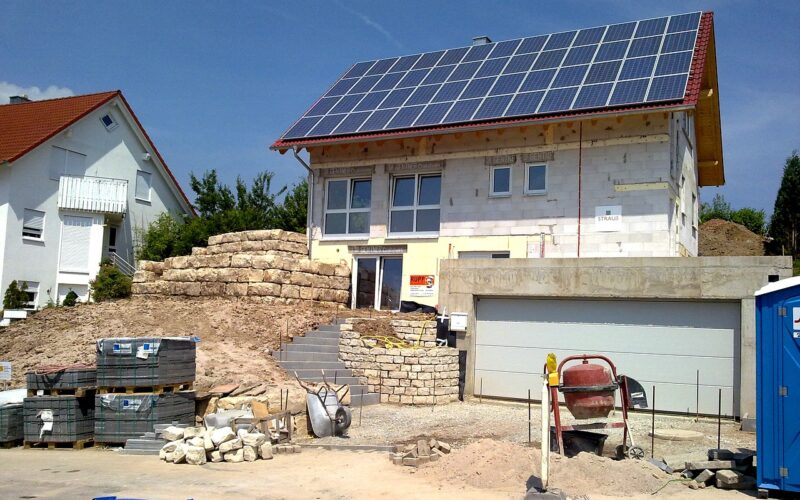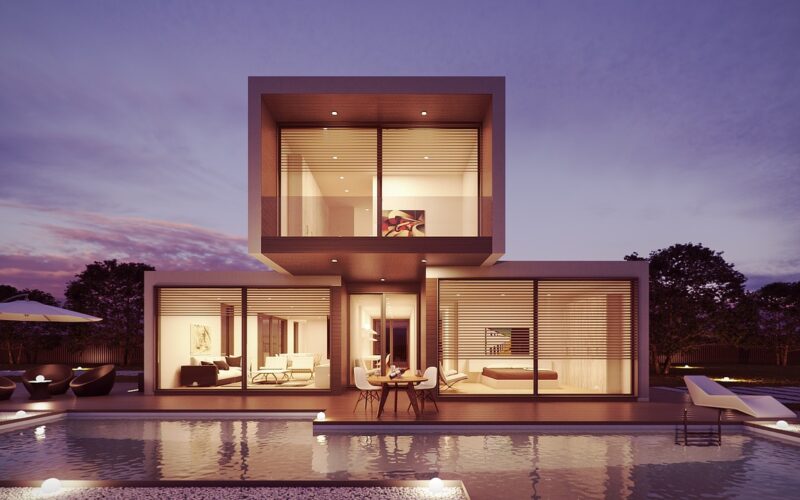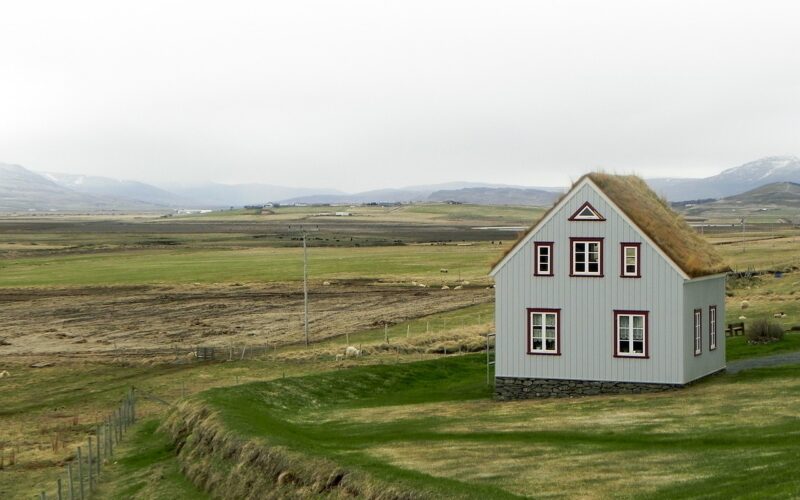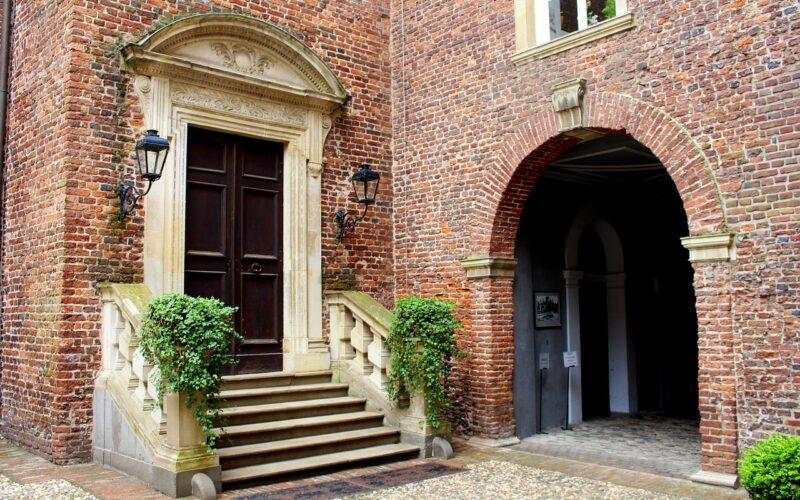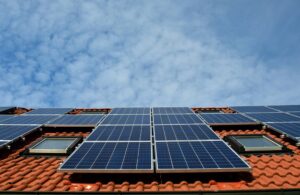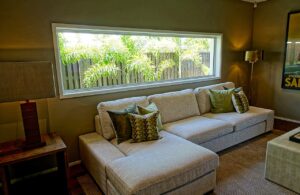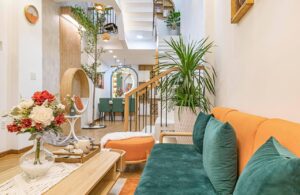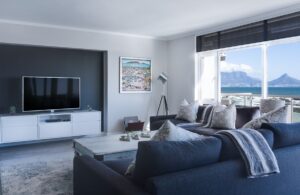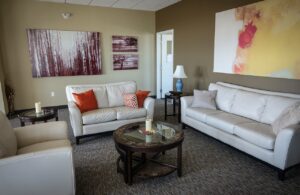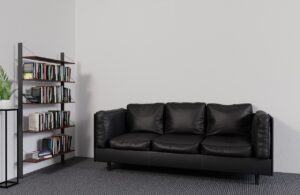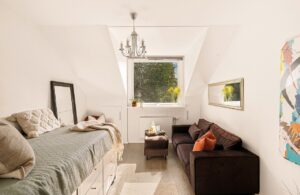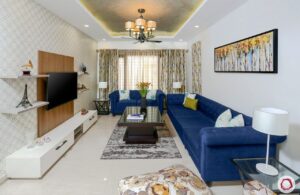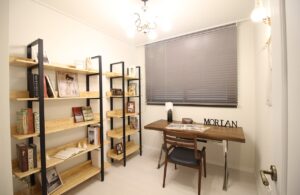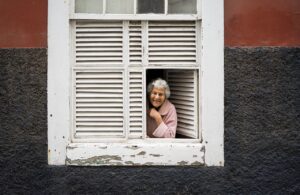Are you interested in reducing your carbon footprint and living a more energy-efficient lifestyle? If so, building a passive house may be the perfect project for you. A passive house is an increasingly popular type of home construction that pairs innovative building techniques with modern technology to provide homeowners with a more comfortable and sustainable living space. By using natural heating/cooling sources, superior air circulation, and enhanced insulation, these homes use far less energy than traditional houses while still providing high levels of comfort.
Definition of passive house design
Passive House Design is an innovative concept that has taken the world of architecture by storm. It's an approach that aims to reduce energy consumption drastically by designing ultra-low-energy buildings that require little additional heating or cooling. Essentially, this design standard ensures that buildings are constructed to be air-tight, well-insulated, and are equipped with superior ventilation systems.
The result is an environmentally friendly, cost-effective design solution that guarantees a comfortable and healthy indoor environment while achieving significant energy savings. The Passive House Design approach is undoubtedly one of the most prominent and rapidly evolving models of sustainable architecture worldwide.
Benefits of building a passive house
For homeowners who are looking to reduce their carbon footprint and energy bills, building a passive house can offer a multitude of benefits. These eco-friendly homes are constructed with highly insulated walls, floors, and roofs, as well as triple-pane windows, to keep heat inside during the winter and cool air inside during the summer. This ultimately leads to energy savings of up to 90% compared to traditional homes, with some homeowners even achieving net-zero energy consumption.
In addition to lower energy costs, passive houses also offer improved indoor air quality and noise reduction. Plus, with a longer lifespan and the potential to increase resale value, building a passive house is a wise investment in both the environment and your financial future.
Insulation
Insulation plays a vital role in passive house design. With the aim of achieving maximum energy efficiency, insulation has to be carefully considered and selected. Passive houses are built with the goal of creating buildings that require little to no energy for heating and cooling. Therefore, the insulation in these buildings needs to be top-notch. Over the years, the technology and products used in insulation have evolved, and with that, so have the standards for passive house design.
Taking into account the local climate, building orientation and site conditions, architects and builders need to ensure that their insulation choices are not only energy efficient but also durable and low-maintenance. Proper insulation also helps in reducing noise pollution, increasing comfort levels inside the building and minimising environmental impact. Having the right insulation in a passive house is not only necessary from an energy perspective but also for creating a comfortable and healthy living environment.
Windows and Doors
When it comes to building a Passive House, windows and doors are two of the most critical components. Not only do they provide ventilation and natural light, but they also play a crucial role in maintaining the desired temperature and energy efficiency of the building. High-performance windows and doors with triple glazing, low-E coatings, insulated frames, and airtight seals are essential for Passive Houses to meet the rigorous demands of certification.
With the right combination of materials and design, windows and doors can help Passive Houses minimise energy use, reduce carbon footprint, and create a healthier and more comfortable living environment for their occupants. Whether you are a builder, designer, or homeowner, choosing the right windows and doors for your Passive House is a critical decision that can have a significant impact on the overall performance of your building.
Heating and cooling strategies
When it comes to designing a passive house, heating and cooling strategies play a crucial role in making sure it remains comfortable all year round. Passive houses are designed to maintain a consistent indoor temperature without the need for traditional heating and cooling systems.
Instead, a passive approach is taken to utilise natural sources of heat, such as the sun, and airtight insulation to create a comfortable living space. However, there are additional strategies that can be implemented to enhance the overall efficiency of a passive house.
For example, installing a ventilation system with heat recovery can help to regulate the temperature and maintain good air quality within the home. Furthermore, shading devices can be used to regulate passive solar gains during the summer months, whilst external insulation can prevent heat loss during the cooler months.
With careful consideration and planning, a passive house can provide a comfortable and sustainable living environment for years to come.
